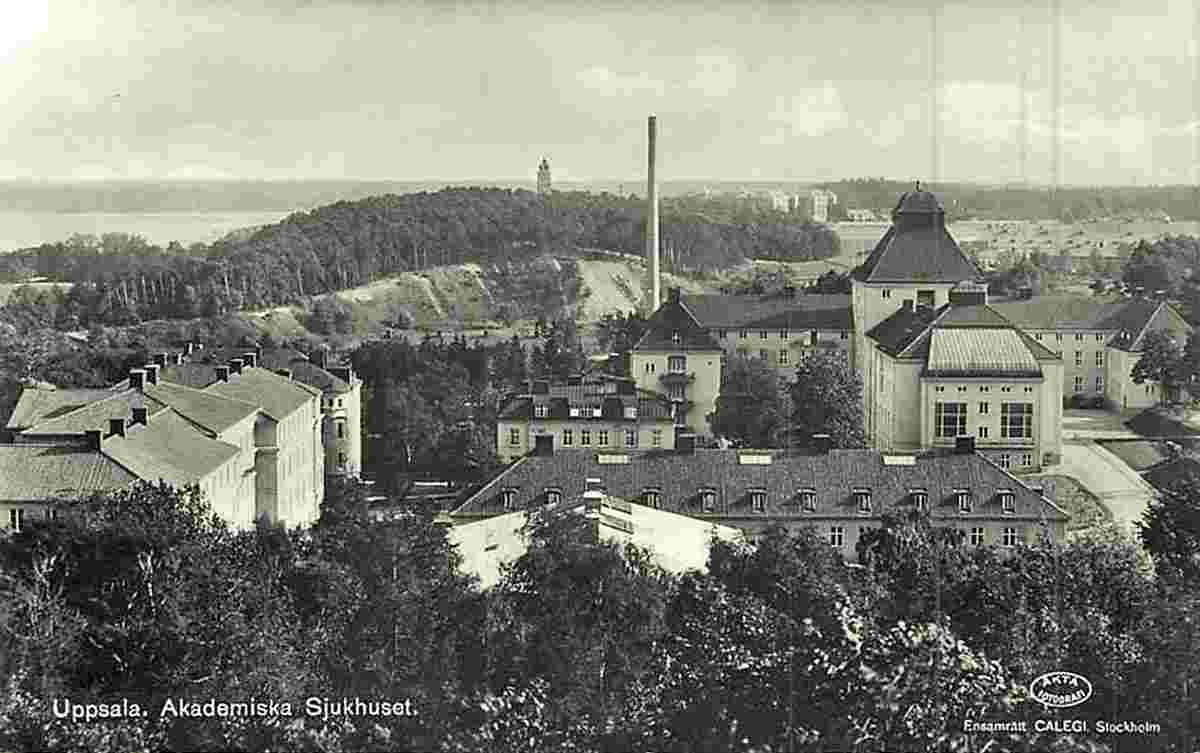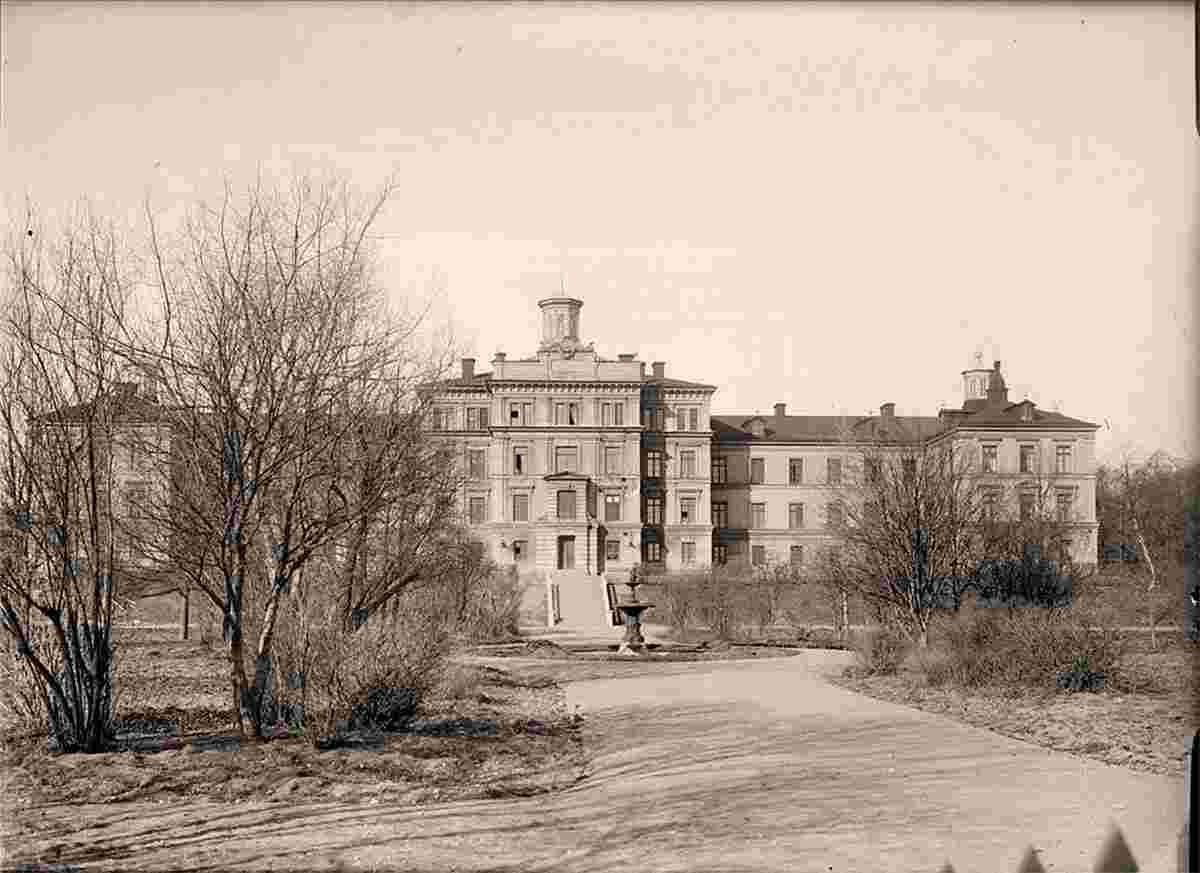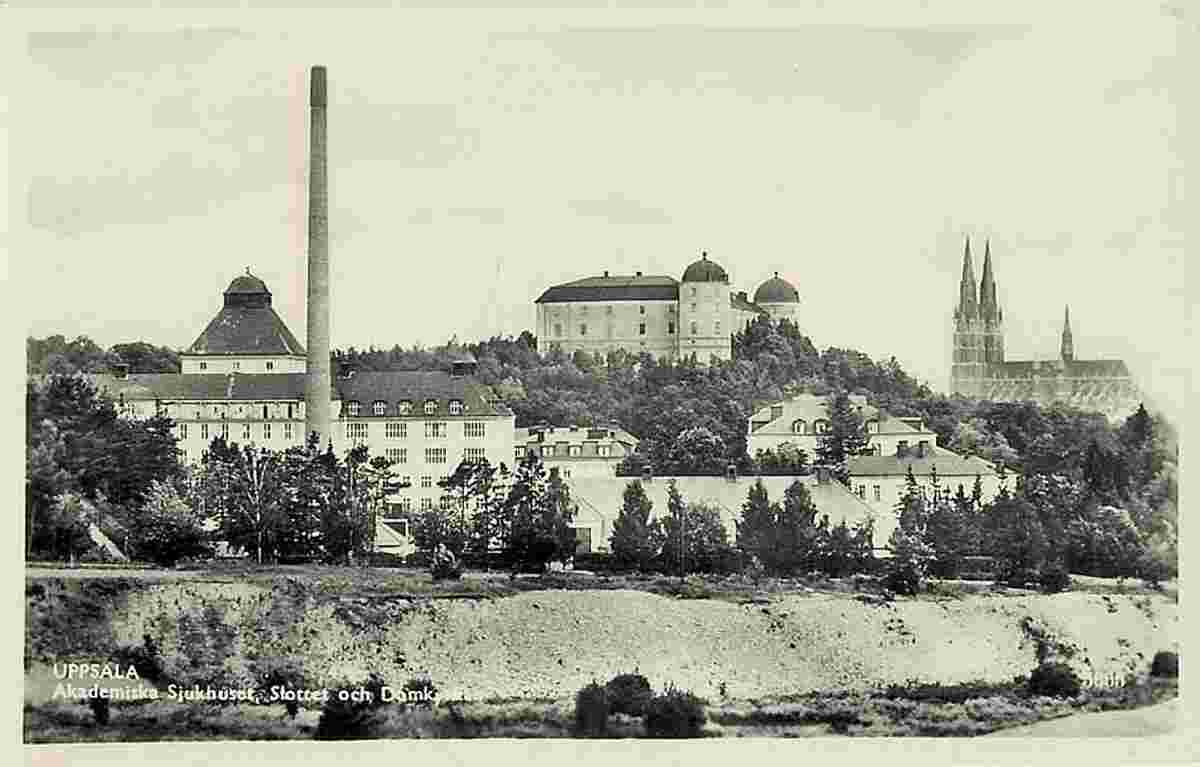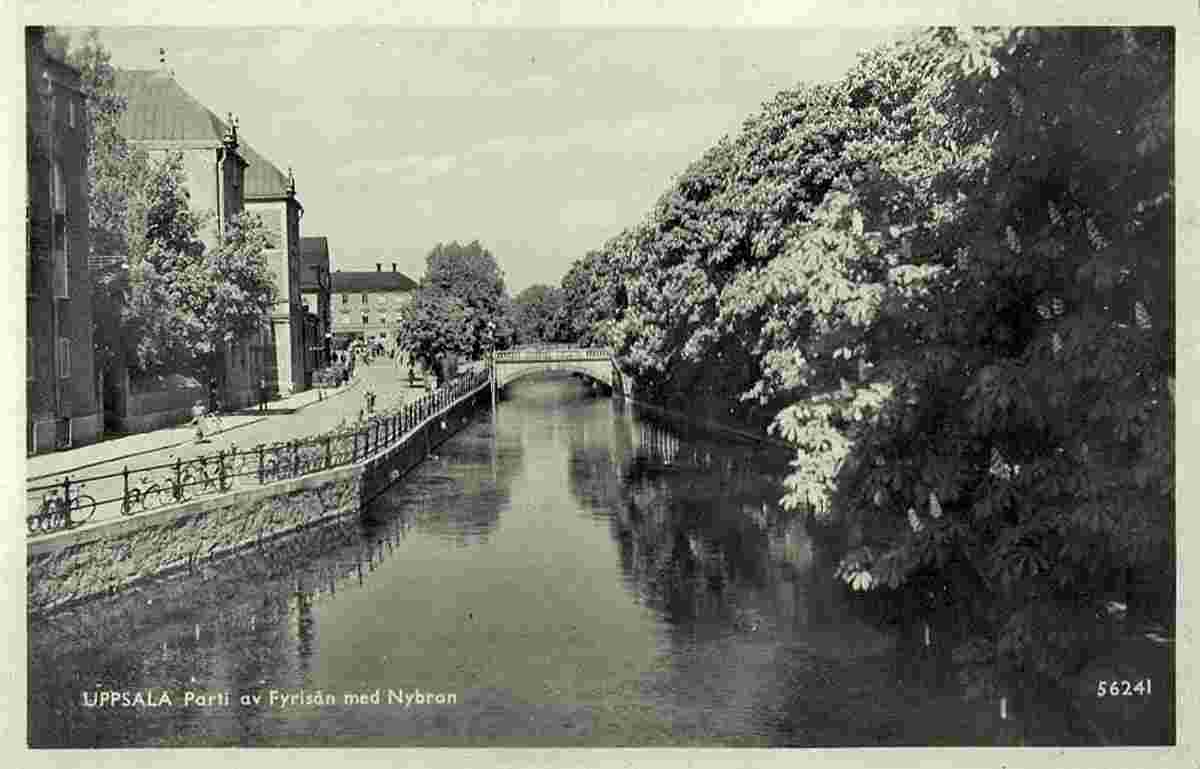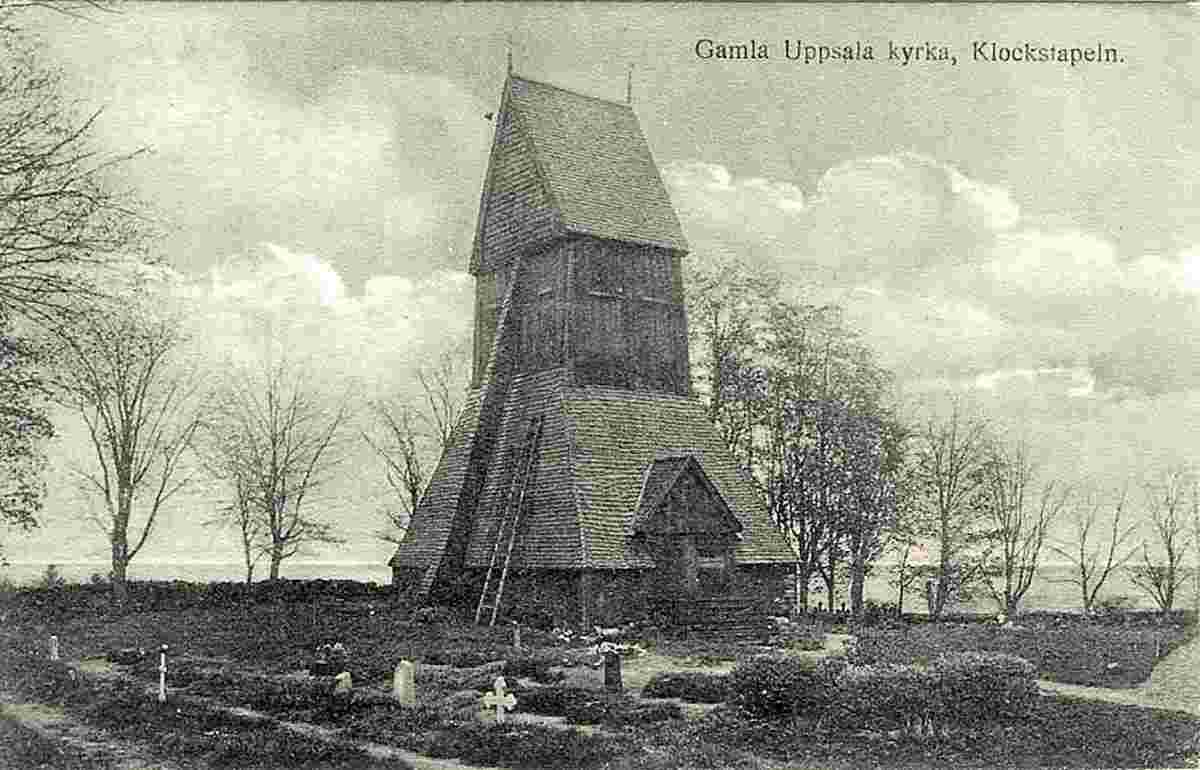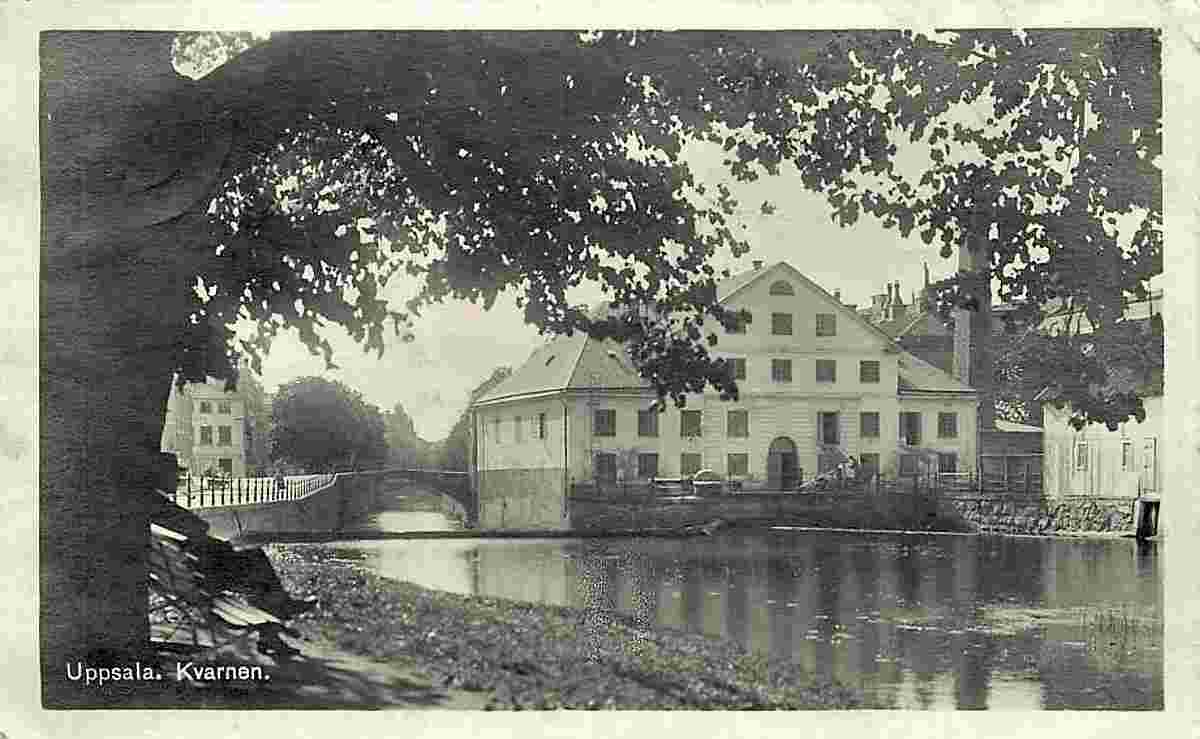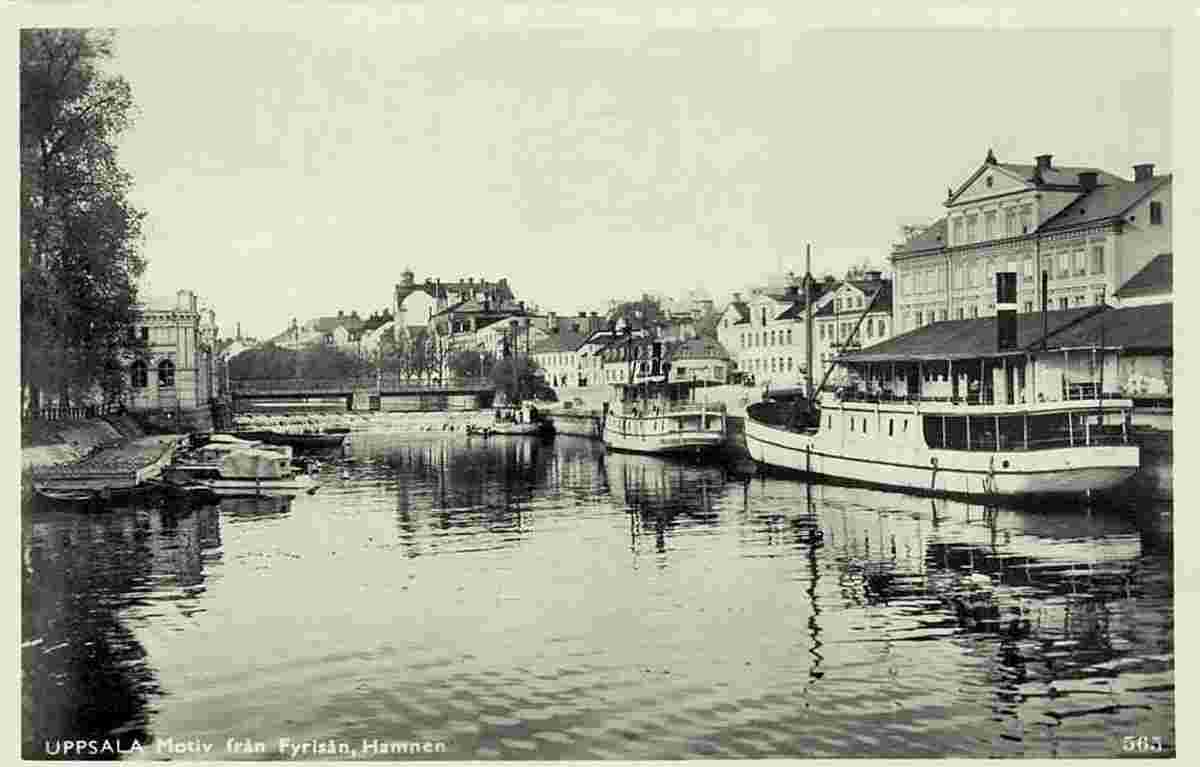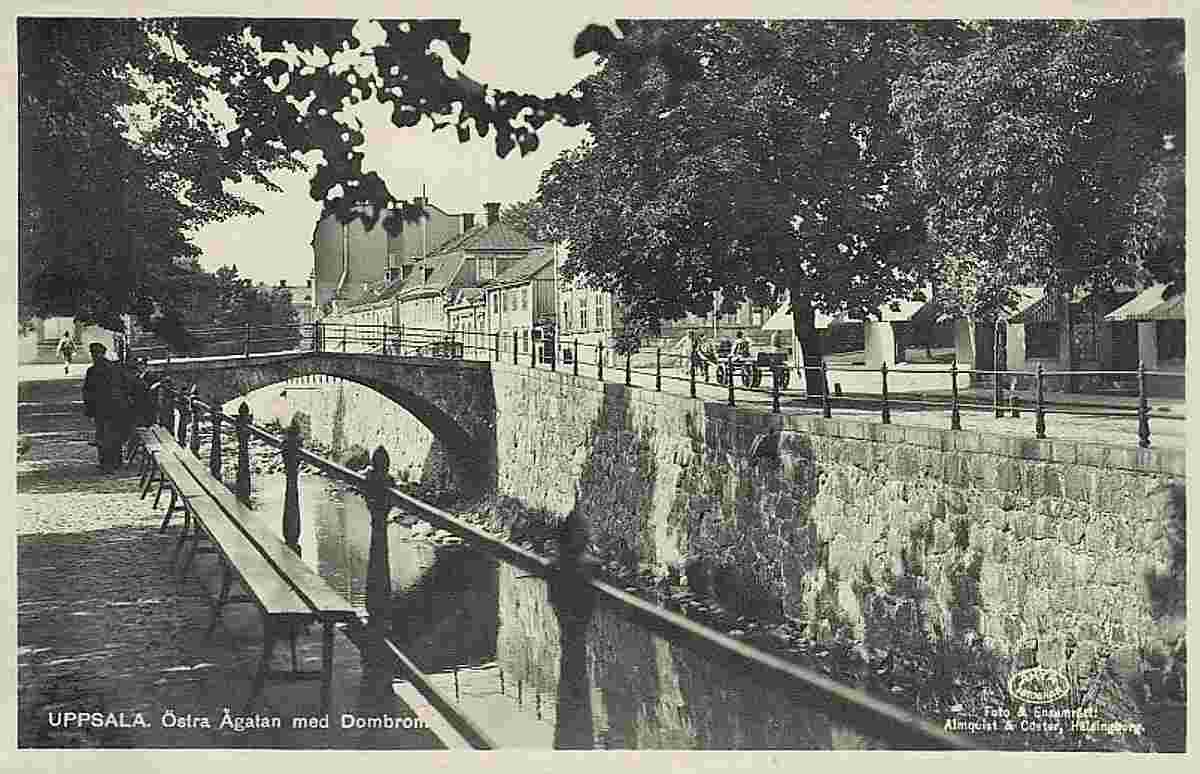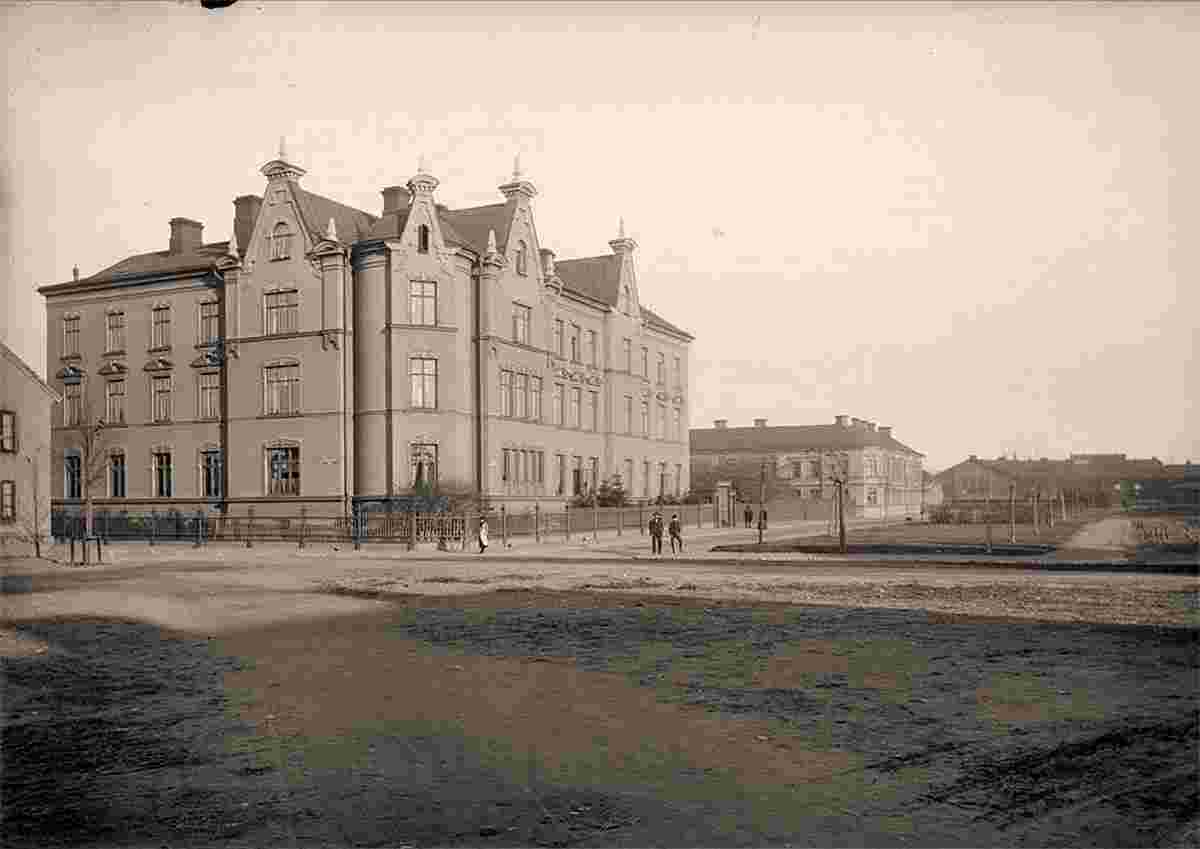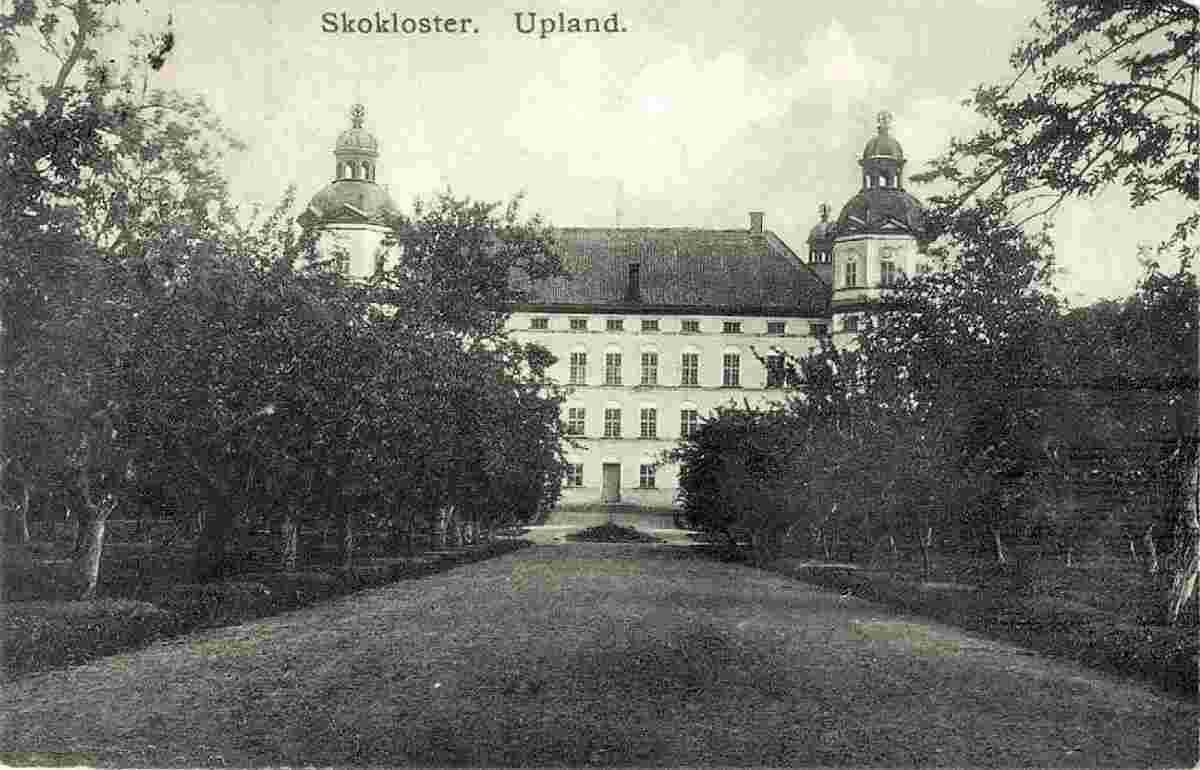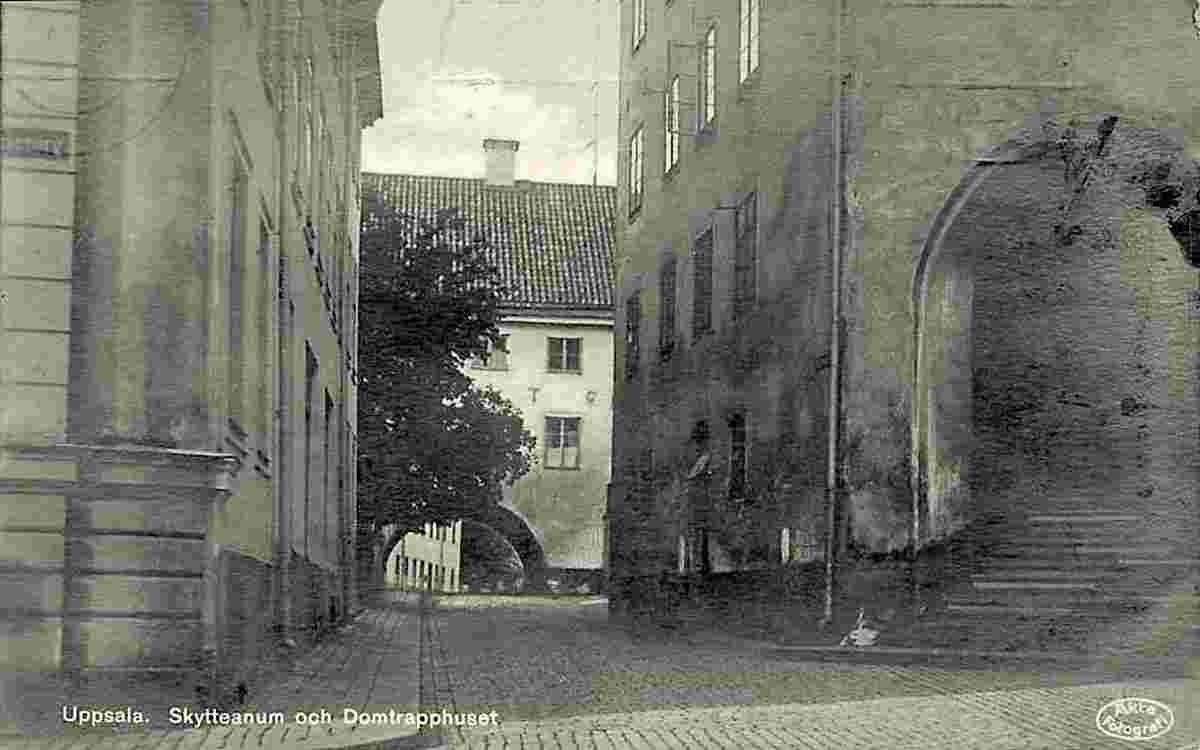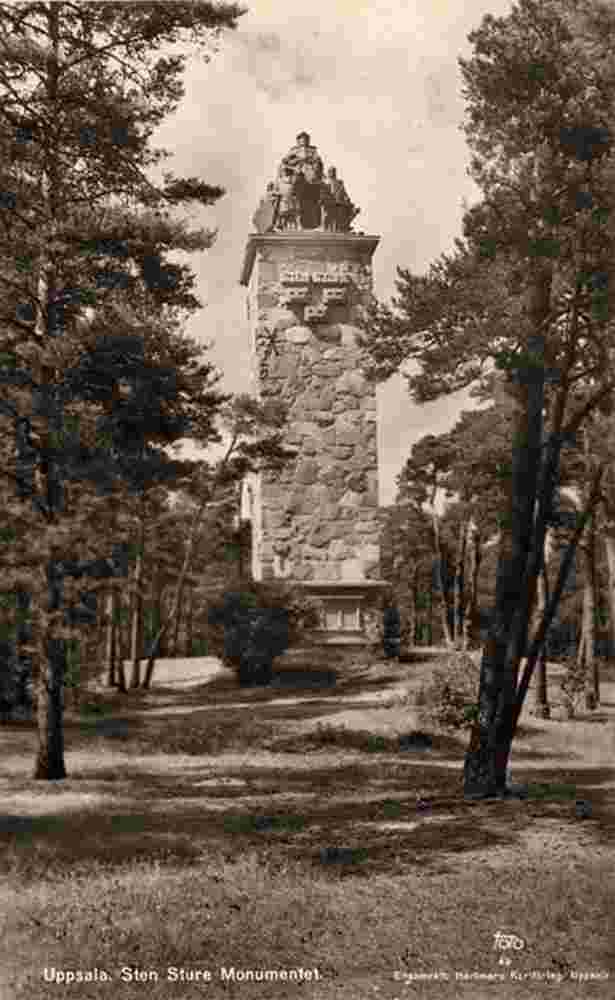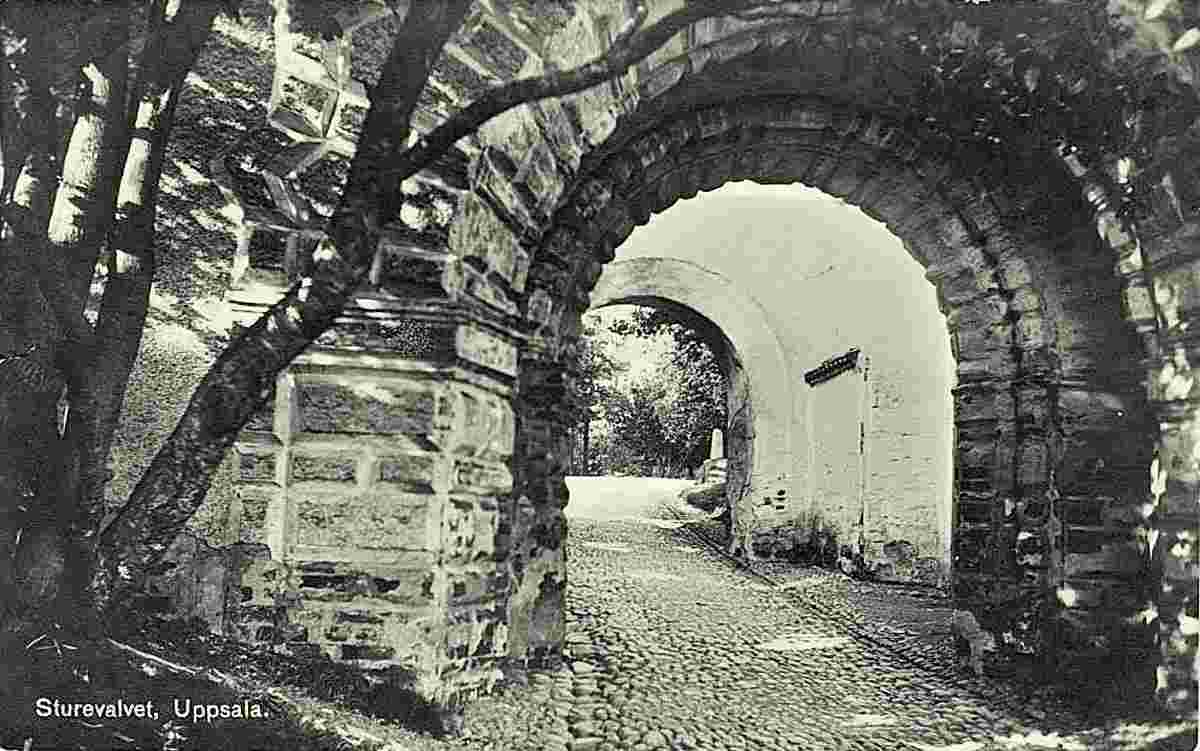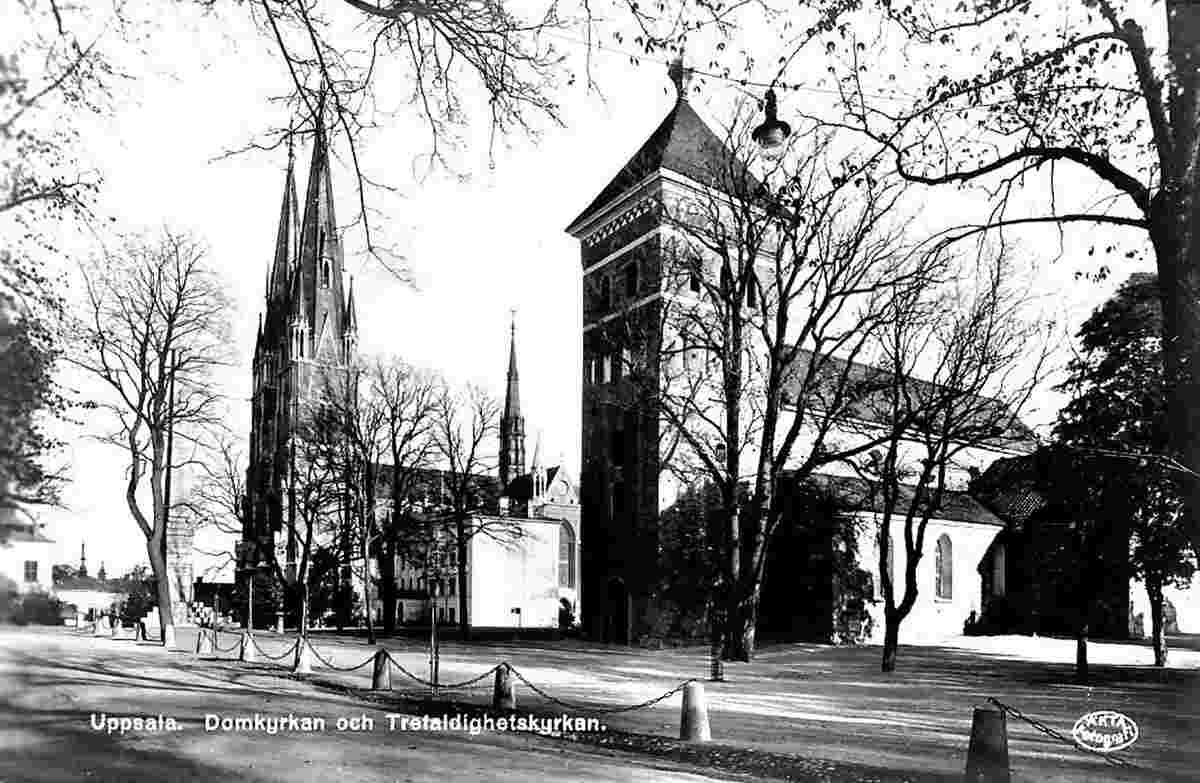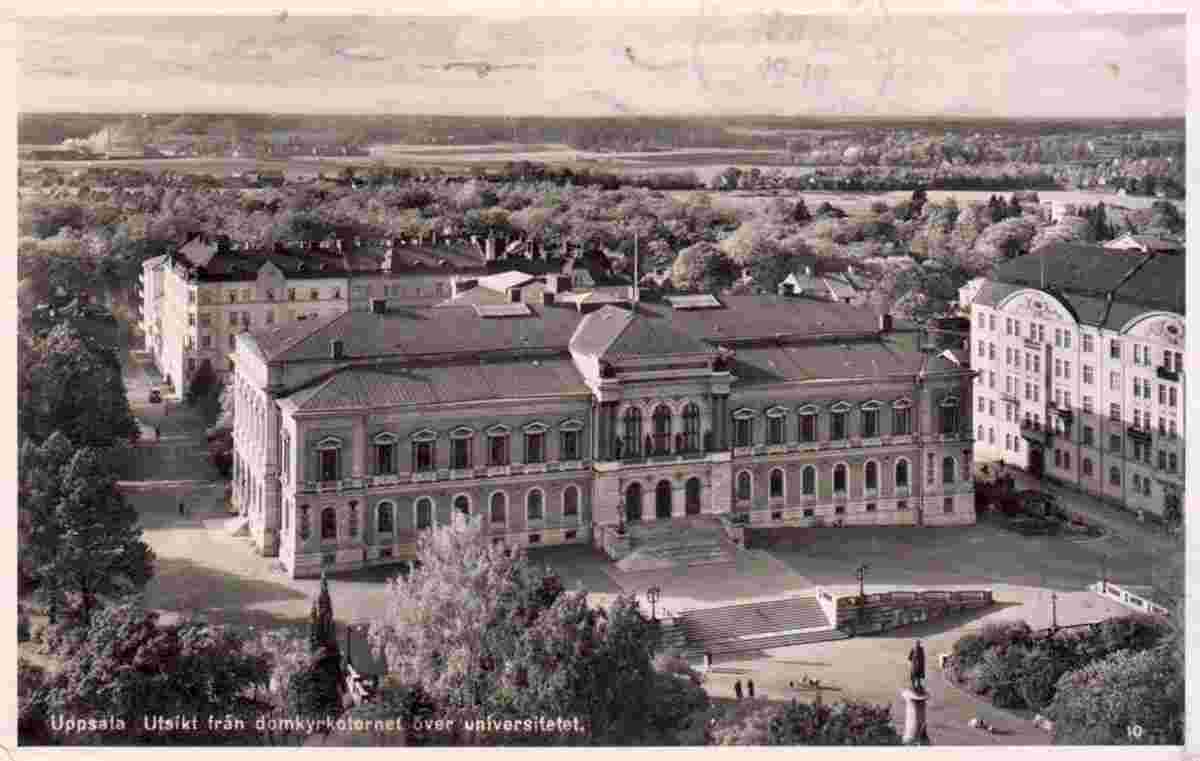Historical and old photos of Uppsala, Uppland
HistoryUppsala was originally located a few kilometres north of its current location at a place now known as Gamla Uppsala (Old Uppsala). Today's Uppsala was then called Östra Aros (Eastern Aros, to differentiate it from Western Aros). (Old) Uppsala was, according to medieval writer Adam of Bremen, the main pagan centre of Sweden, and the Temple at Uppsala contained magnificent idols of the Norse gods. The Fyrisvellir plains along the river south of Old Uppsala, in the area where the modern city is situated today, was the site of the Battle of Fyrisvellir in the 980s. The present-day Uppsala was at that time known as Östra Aros and was a port town of Gamla Uppsala. In 1160, King Eric Jedvardsson was attacked and killed outside the church of Östra Aros, and later became venerated as a saint in the Catholic Church. In 1274, Östra Aros overtook Gamla Uppsala as the main regional centre, and when the cathedral of Gamla Uppsala burnt down, the archbishopric and the relics of Saint Eric were moved to Östra Aros, where the present-day Uppsala Cathedral was erected; it was inaugurated in 1435. The cathedral is built in the Gothic style and is one of the largest in northern Europe, with towers reaching 118.70 metres (389.4 ft). The city is the site of the oldest university in Scandinavia, founded in 1477, and is where Carl Linnaeus, one of the renowned scholars of Uppsala University, lived for many years; both his house and garden can still be visited. Uppsala is also the site of the 16th-century Uppsala Castle. The city was severely damaged by a fire in 1702. Historical and cultural treasures were also lost, as in many Swedish cities, from demolitions during the 1960s and 1970s, but many historic buildings remain, especially in the western part of the city. The arms bearing the lion can be traced to 1737 and have been modernised several times, most recently in 1986. The meaning of the lion is uncertain, but is likely connected to the royal lion, also depicted on the Coat of Arms of Sweden. Origin: en.wikipedia.org | ||||||||||||
 |
Historical and old photos of Uppsala, Uppland
Historiska och gamla bilder från Uppsala, Uppland |
| Main page • Countries of Europa • Cities of Sweden |
| Robinson Rd, CB 13862 Nassau, NP, The Bahamas |
